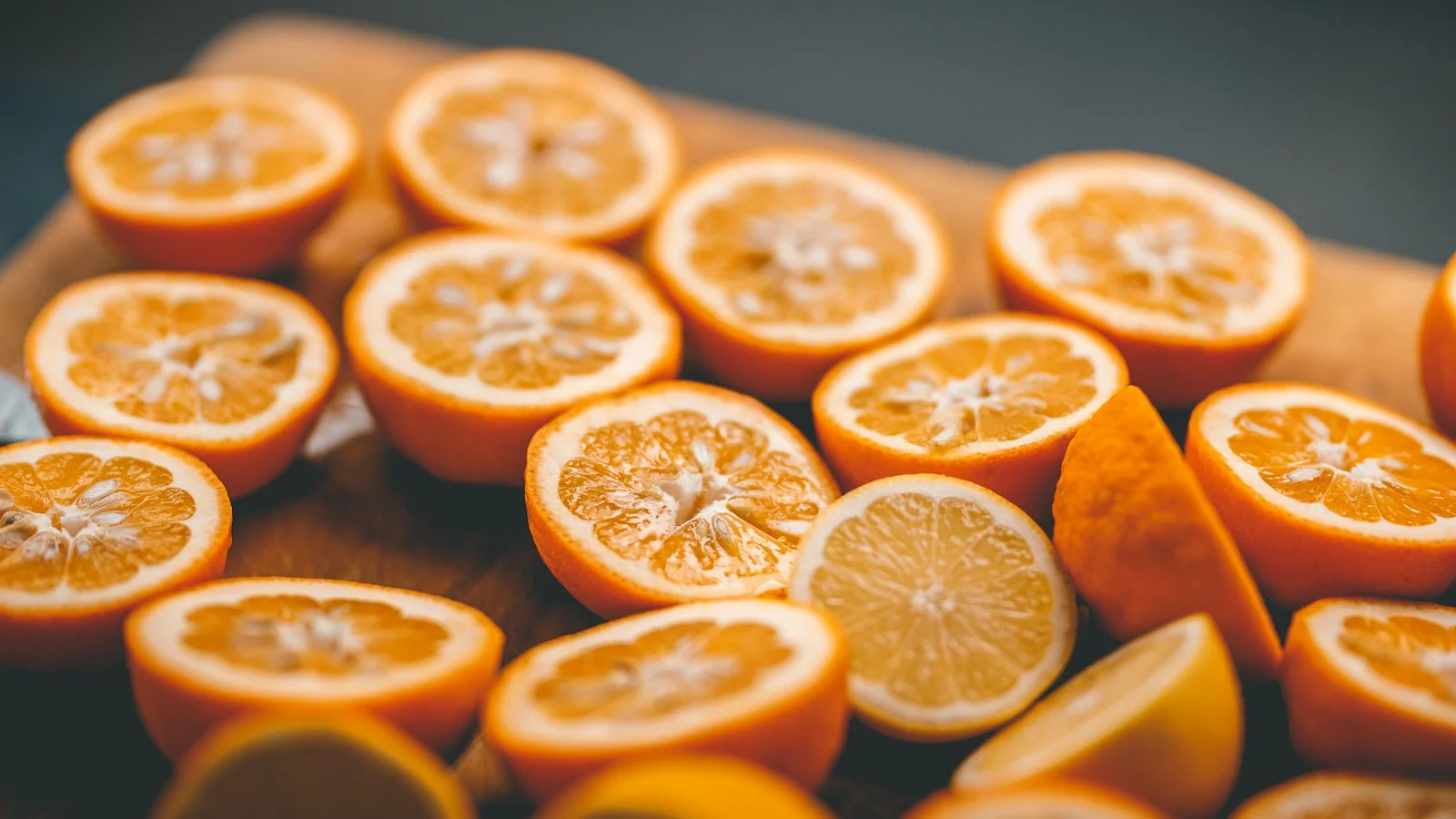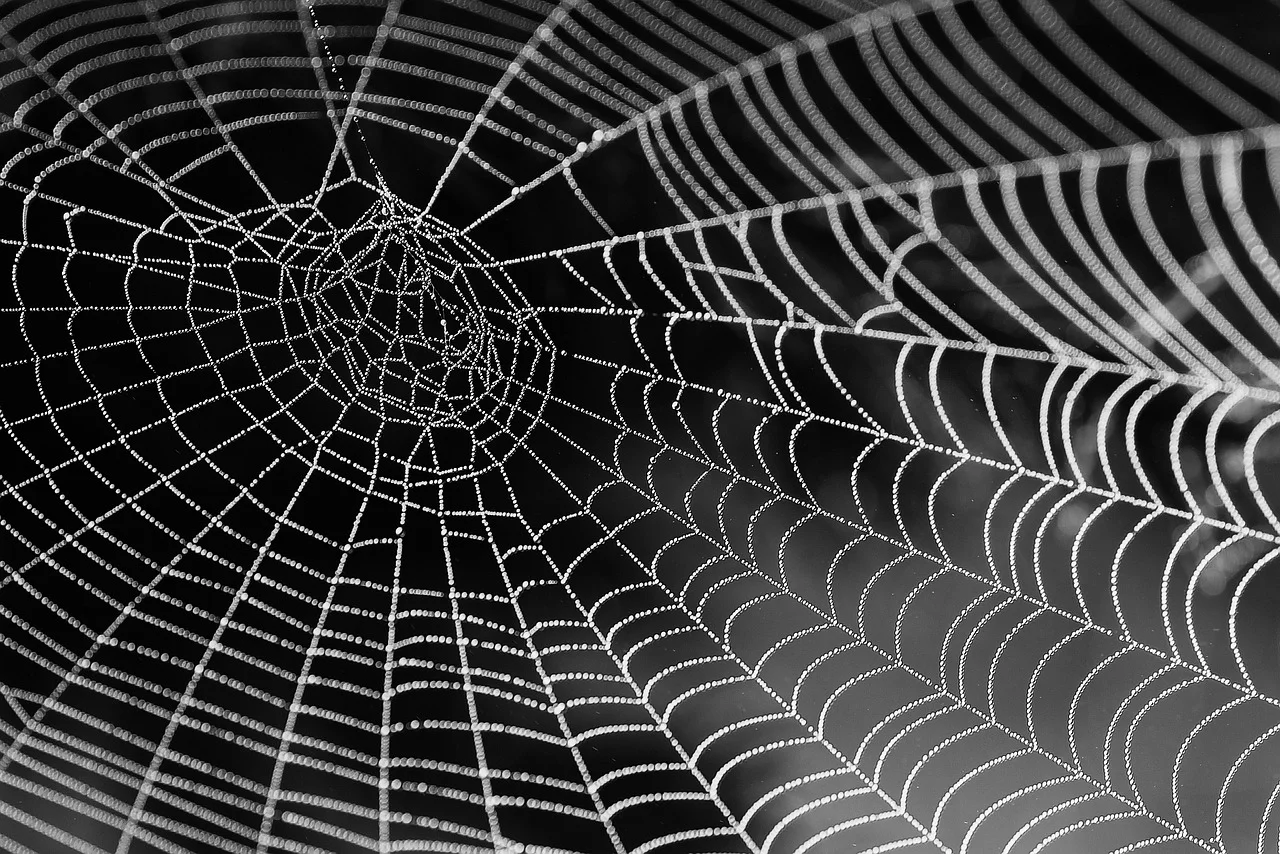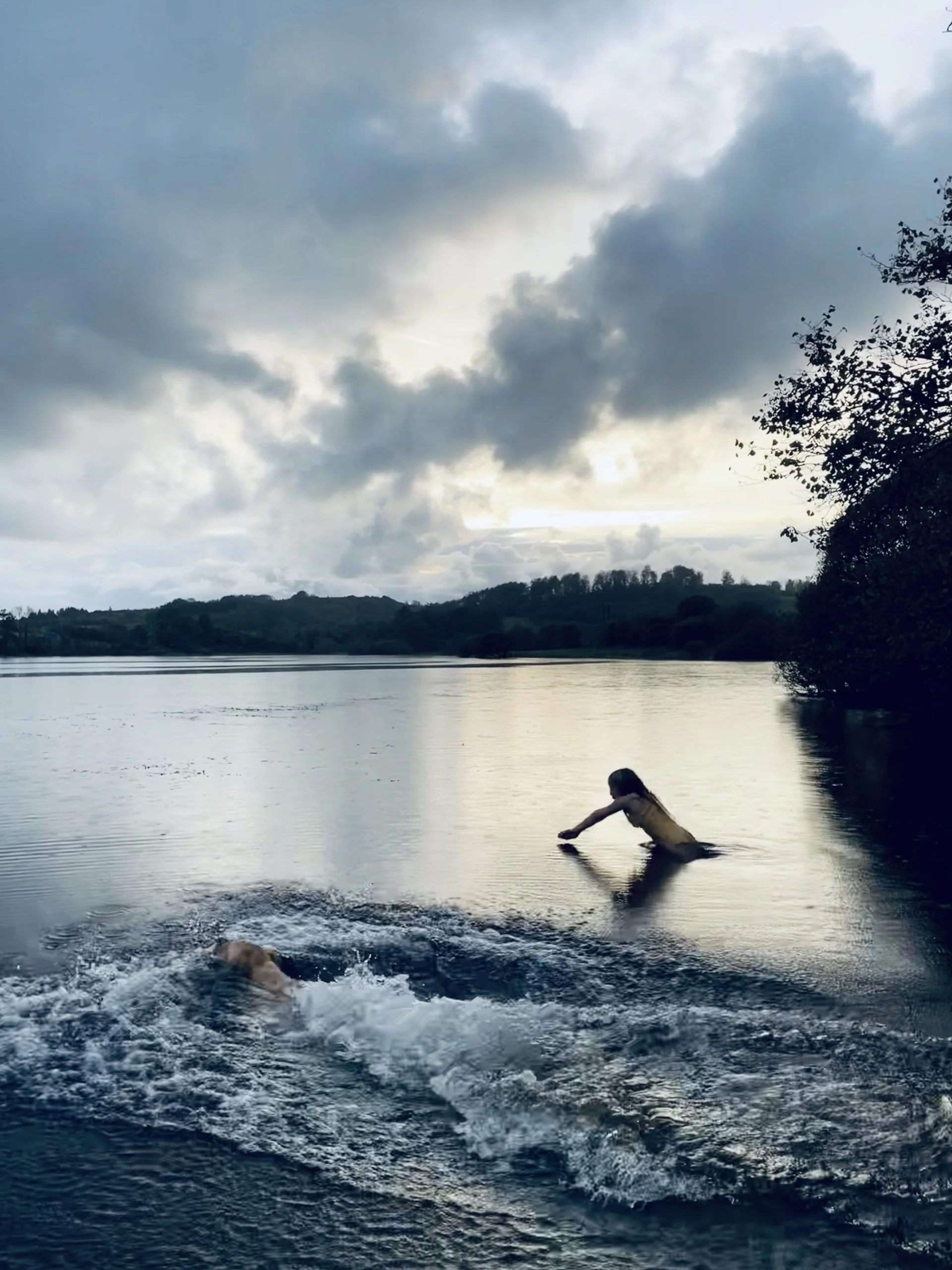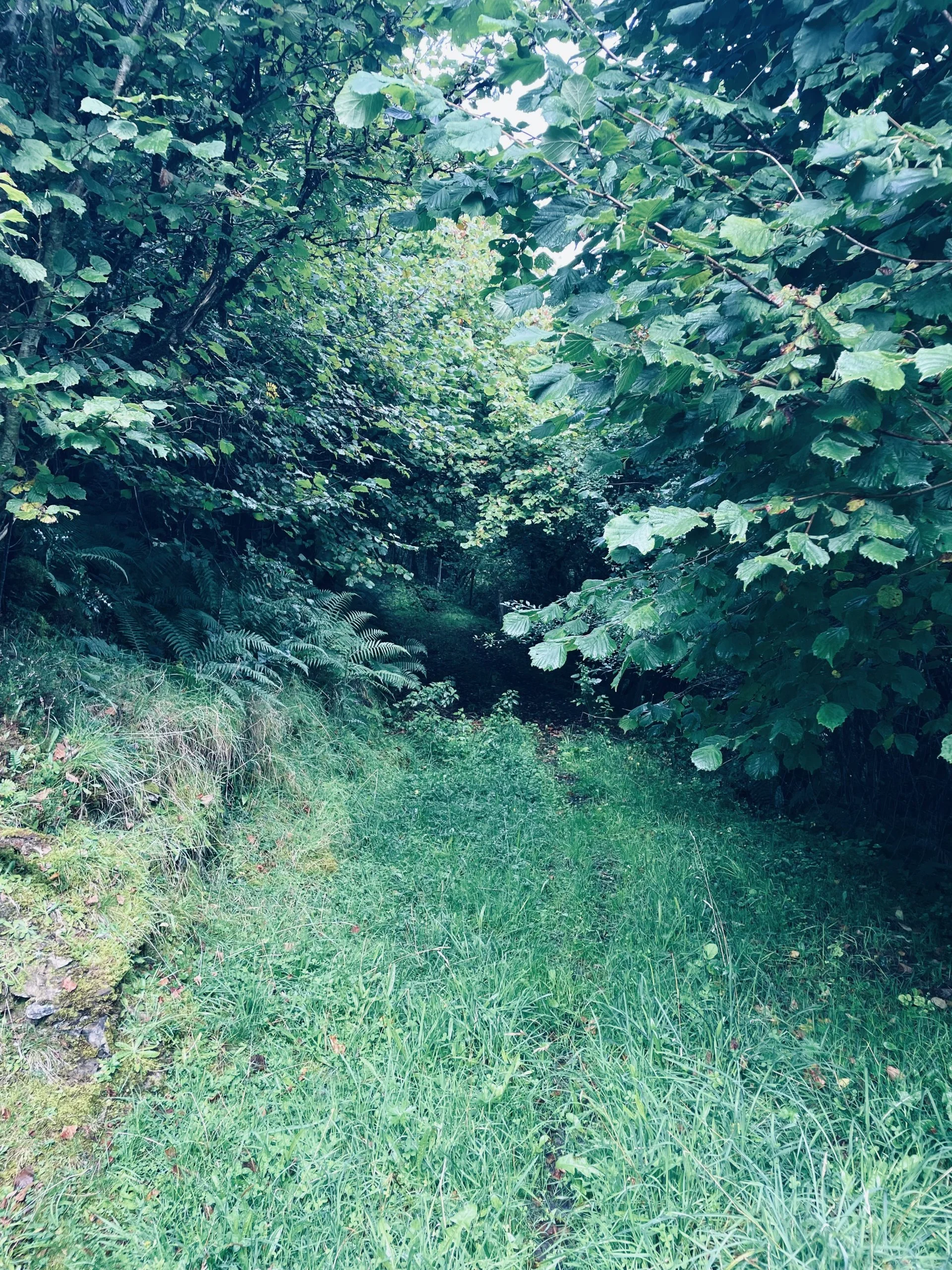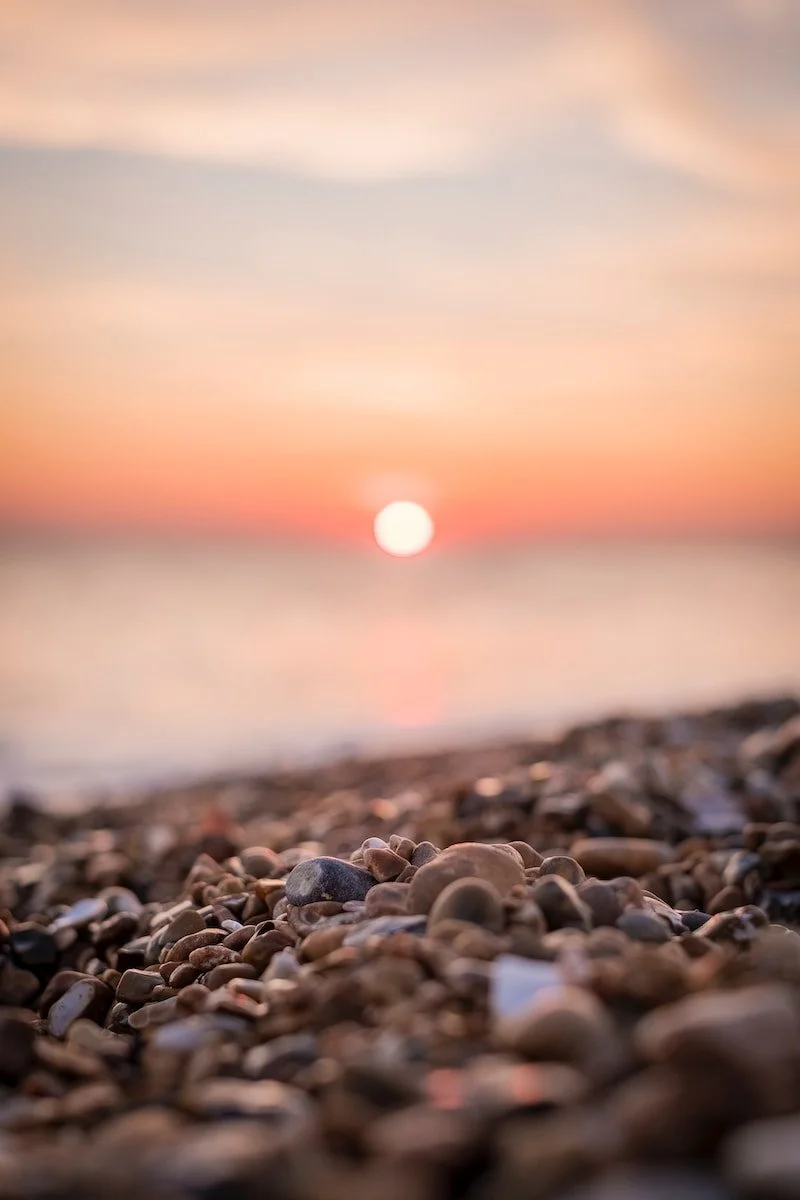A Jammy Fosterage
Upstream
Upstream is an offering of essays that map the landscape as I see it. Subscribers get full access to my work. If you are already a member, please login below.
If you are not currently a member but would like to join, please click here.
On marmalade making and leaving the church.

I bought a box of Seville oranges at the first farmer’s market of 2024. It is impossible to resist the bright, gnarled flesh; their bitterness cuts right through the fattiest part of the year. It sends me to the south of Spain then to my pantry for the preserving pan and my fail-safe recipe for marmalade.
The Seville season is short. Oranges appear from early January for about three to four weeks. These knobbly fruits are nothing like the refined satsumas and clementines we fill our fruit bowls with at Christmas. No, they’re inedible, lumpy and green at the edges; they are the ugly cousin of the blood orange. But I love them. Perhaps it is my penchant for the underdog or the need to replenish my dwindling preserve shelf as we eat our way through last year’s honey. It may also be that marmalade making is one of my way markers through winter.
Just Ahead of the Crocuses

Irish independent columnist in the 1950s, John D. Sheridan, wrote that marmalade time, ‘comes just a little ahead of the crocuses’. He writes about the crisis of the ‘test for jellying’ when housewives countrywide struggled to reach setting point. This is a delicate balance between runny marmalade and a coagulation beyond which there is no return. I will not even trust the thermometer. Instead, I put saucers in the freezer and perform a wrinkle test every few minutes – if the jam creases on the cold saucer, it is ready. Sheridan continues:
‘…you let it cool, pour it into pots, and give most of it away. The Irish make each other’s marmalade. That is why the making of marmalade is such a tense and wearying process – no woman can afford to let herself down before the neighbours…It’s an old Irish custom – a sort of jammy fosterage. But it works out pretty well. You live on the neighbours, and they live on you.’
I was delighted to read this. Not only is marmalade making a way of lighting the dark cave of January, it also serves to preserve my heritage and foster community. In an age when we are becoming ever more disconnected from our neighbour and we have little time to shop never mind make our own jams, it is, in fact, a radical act.
The Vision and the Vow
At the age of 21, I had the phrase, None live for themselves tattooed on my back. It was inspired by an 18th-century secret society called the Honourable Order of the Grain of Mustard. The members of the society took a vow to be true to God, kind to people and to take the Gospel to the nations.
Then, I believed that to be radical meant big and important things. I was on course to change the world in a subversive and outspoken kind of way. I was sure about things; I attended all the meetings; I wrestled, battled and sought to overcome my sinful nature; I had ‘the nations’ in my sights. I love the fervency of six Bethanys ago. She was bright, determined and idealistic. She worked hard to be good, but she was deeply disconnected from herself.
The Edge Effect

Over time, my beliefs have softened. I left church seven years ago and found myself in a hinterland. I was curious to discover what would emerge. Without that structure to tell me what was right and wrong, would I lose the run of myself? What about accountability? Community? Sunday School for my children?
There is an ecological phenomenon called The Edge Effect. It relates to the marginal space where two habitats meet: fresh water meets sea, bog meets beach, forest meets river. This ecotone holds what is thriving in both habitats, but it also contains species that are unique to the transition zone. It is a wild edge that straddles two realities and develops its own distinct landscape. In this space, opportunistic species take root and biodiversity flourishes.
The etymology of the word radical relates to rootedness. I sank roots in the marginal space between belief and unbelief and observed with fascination the opportunistic species that thrived there. One seed, for example, had been planted when I was pregnant with my first baby. A few days before I gave birth, a dear friend came to visit. He was a young, single man and as he was leaving my house he said:
“You must be so excited to know that you are about to do the thing your body is designed to do.”
I had never considered this before. Paying attention to, listening to, learning from my own body was not something I was familiar with. Our bodies are incredible resources from which we can glean information about our emotions, the heavy things we carry, our longings and that sharp, delicate tool: our instinct.
This wasteland, at the edge of things, evoked discomfort. It forced me to engage to survive and there was a lot I needed to unlearn. In many ways, I had fallen asleep. It was necessary to wake up, take responsibility for my life and make deliberate efforts to nourish a spirituality that inspired me to live well in the world.
My Unteachers
Without a pastor or group of elders to guide me, how would I find my way?
Ursula Le Guinn wrote, ‘I am a slow unlearner. But I love my unteachers.’ These wise unteachers were everywhere, I began to pay attention.
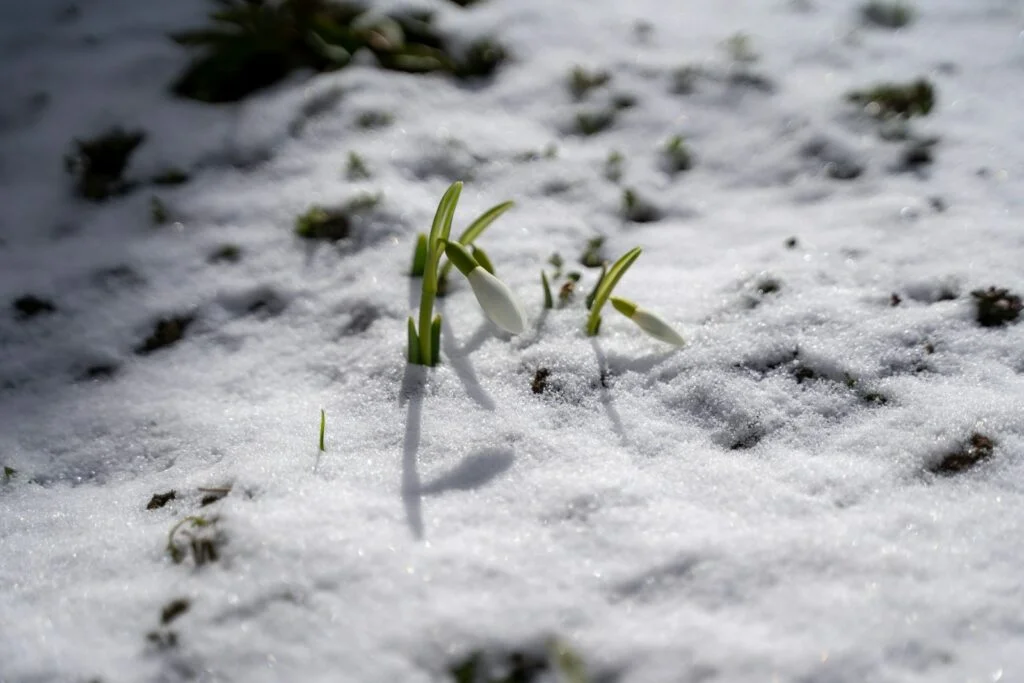
Have you ever noticed that when mighty beech trees fall in a forest, pioneer saplings spring up in the gaps? In tree terms, they race to establish themselves, drawing on light that floods the space in the canopy, supported by the family of trees around them. Beech taught me so much about embracing the discomfort of empty space.
What about snowdrop? Have you paused to consider the certainty with which she breaks ground every year? She has complete trust that the wheel of the year will turn in her favour.
Every time I open a beehive I am reminded of the sweetness of female community. It is what drove me to facilitate a women’s circle, it is what compels me to gather wise and inspiring female co-conspirators around me like a patchwork quilt.
Fox
Then there was fox. The summer after I left church, I spent every evening with fox. She had a path across our front garden, and I kept vigil at the window to watch her. I wrote about it here. Fox spoke to me about wildness. We locked eyes one night and I was never the same.
These were only some of my unteachers alongside the feminist poets and thinkers such as Mary Oliver, Ursula Le Guinn, Marge Piercy, Denise Levertov, Sharon Blackie, Sue Monk Kidd, Susan Cain, Doireann Ní Ghríofa and many more.
The wild waste spaces of the sea, and the pale dunes with one hawk hanging in the wind, they are for me the formal spaces that, in a liturgy, are taken up by prayer, song, sermon, silence, homily, scripture, the architecture of the church itself.
Mary Oliver, Winter Hours
And as with prayer, which is a dipping of oneself toward the light, there is a consequence of attentiveness toward the grass itself, and to the floating bird. I too leave the fret and enclosure of my own life. I too dip myself towards the immeasurable.
Thoughts on a Tattoo
How might I consider my tattoo and the vow it represents in this new landscape?
Be True to God
I have been feasting on the poetry of Sligo-born poet and suffragette, Eva Gore-Booth. Hers was a rich and fascinating life, and her poetry is full of passion and evocative renderings of the terrain in which I now walk. She is buried with her lover, Esther Roper, and their headstone reads: Life that is Love is God. Whether I use the term God, Goddess, Spirit, Mother Earth, doesn’t matter to me anymore. Life with Love does.
Be Kind to People
I renounce fanaticism and narrow-mindedness daily (I am, after all, a recovering evangelist). In The Fourteen Precepts of Engaged Buddhism, by Thich Nhat Hanh, it is written: ‘Learn and practice non-attachment from views to be open to receive others’ viewpoints.’
Brian McLaren offers similar wisdom in The Fourteen Precepts of Just and Generous Christianity: ‘Do not think the knowledge you presently possess is changeless, complete, and absolute truth…’
This is kindness: to listen, I mean really listen, not for the space that opens when the other has finished speaking but to the person. I have so far to go in this area. When I listen, I can learn. When I listen, I am open to the possibility that someone’s story might change me; it might just change my mind; it might just change my life.
Kindness means giving ourselves permission to evolve in our thinking, to occasionally reshuffle our beliefs or head off in a different direction. It reminds me of a wise quotation Sam and I pull out from time to time:
‘Walter Sobchak: Am I wrong?
The Big Lebowski
The Dude: No, you’re not wrong.
Walter Sobchak: Am I wrong?
The Dude: You’re not wrong, Walter. You’re just an asshole.’
Kindness is letting go of ‘right’ and ‘wrong’, it is trying not to be an asshole.
Take the Gospel to the Nations

This is the hardest one. Permit me a little dissection.
The word gospel comes from the old English word gōdspel whose roots can be traced to old Germanic. Gōd meaning good and spel meaning story, narration and, dare I say it, spell.
If I pull it apart like this, it begins to sing: good stories (with a few incantations thrown in to keep things interesting). These Divine storylines are woven into the landscape I walk, the people I meet, the animals that cross my path and the events that unfold in my life. My work is to follow their leading and write them well.
So, for example, when I come across a crate of Seville oranges at the market, my first instinct is to pass them by. Why? Because it is the first week of school, Sam is working six out of seven days, I have editing work on my desk, the dogs need to be walked, the washing has piled up, there is no space to make marmalade.
Then I pause.
Honouring the season I am in is most important. Being present to the bright, imperfect spheres of citrus in the crate is essential. Creating space to brew a cauldron of orange peel, sugar and a muslin bag of pips is a key element of my week. It is a slow, instinctive practice that appeals to my senses and preserves Spanish sun in our Irish winter. Telling you about it as the opening of a story about spirituality, recovery and edge-dwelling is the kind of work I can put my heart into.
The Fern

Last year, I got a new tattoo. The magician, Charlotte Lee, took one of my photos and turned it into an ink drawing on my skin. This unfurling fern is a symbol of my becoming. It represents the landscape I am from and the mystery of Irish folklore that nourishes my spirituality. Fern is also a pioneer species, one of the first plants to colonise marginal ground or land that has been razed by fire. It thrives on wild edges.
A Way Marker
Back to the kitchen and the radical act of marmalade making. My way markers through winter allow me to fully engage with a difficult, dark season. Between the winter solstice and Imbolc (February 2nd) I light a bright sticky flare of Paddington Bear’s favourite. It speaks to me of the transformation that takes place during the death cycle of the year. The orange in its spherical intact form is transformed into something so sharp and delicious, I can hardly bring myself to share it. I will though, the Irish make each other’s marmalade. Why don’t you give it a try too?
Your spell for Seville Marmalade can be downloaded here. It will make enough to satisfy all your toast and rice pudding needs with a few jars to spare for the neighbours.
Latest Publications
Search Site
related journal entries
People With Whom I Have Worked








